The Koreans sure take their kimchi seriously. This observation was made during a tour of the LG Food Science Institute in Changwon, South Korea where a room full of refrigerators was set up to test out the optimal temperature, humidity and other factors in various environments to store the fermented side dish. The Food & Kimchi Development Room is a space set aside for developing algorithms for new refrigerator technology.
As a brand known in Singapore and most of Asia for its home appliances and home entertainment unit, LG has become a top-of-the-mind brand for homeowners. From the visit to the company’s Food Science Institute, we discern that it is keen on maintaining and growing its position. One of the ways in which it is doing this is through research and development
At the research institute, we spoke to the Home & Appliances Food Science Team Leader, Park Sang Ho, who told us how studying the optimal time and temperature for fermenting kimchi is actually part of the unit’s direction to develop technology that enables users to prepare healthier food at home. The team is working on how they can develop refrigerators that are able to strengthen low-temperature features to come up with algorithms to maintain energy efficiency while optimising food freshness.
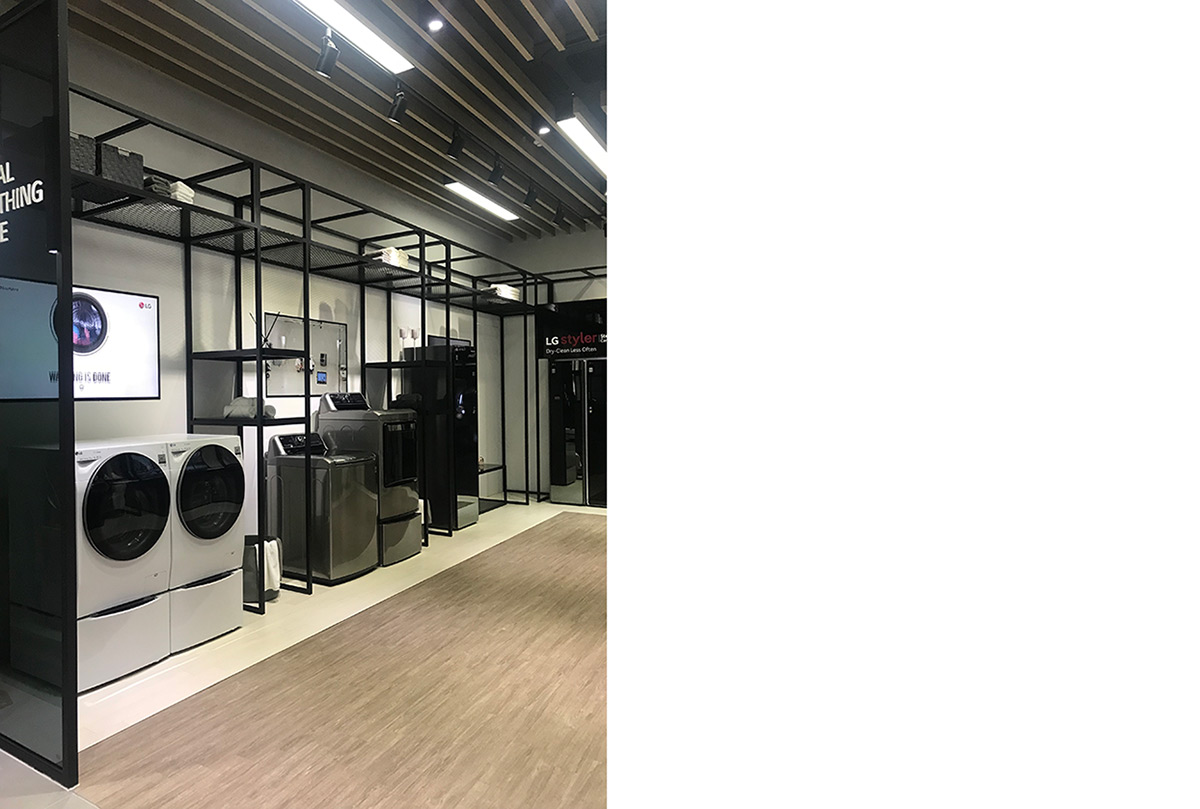
Other than refrigerators, LG is known for developing the innovative TwinWash washing machine with its divided top and bottom washing machines that allow users to wash different types of fabric simultaneously. This feature was created to address the needs of households who wish to save time and energy when doing the laundry. This is another example of how the company looks ahead to meet and even predict the latest consumer trends.
Smaller but smarter appliances
Recently in Singapore, LG unveiled a slew of advanced appliances that promise to streamline the workflow of household chores while reducing energy consumption. The LG Slim French Door refrigerators, for instance, is built with LG’s proprietary Inverter Linear Compressor, termed Linear Cooling, that keeps temperature fluctuations within ±0.5 degrees. This allows the machine to maintain precise temperature control, which in turn reduces energy consumption as it maintains the freshness of foods.
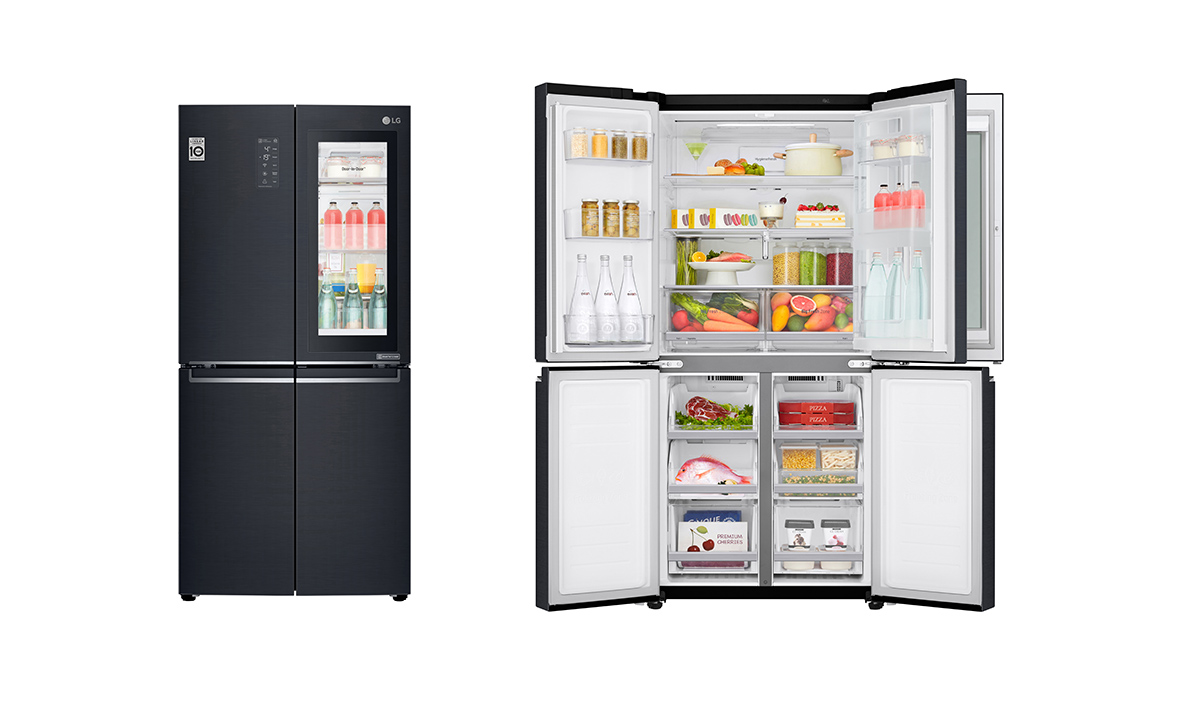
LG Slim French Door refrigerator with InstaView (GF-Q4919MT)
The refrigerator is also equipped with DoorCooling air vent located at the top of the fridge, which also reduces the temperature gap in the storage compartment. The automated component installed into this refrigerator is its Wi-Fi connectivity function that allows homeowners to use voice command to get ice in the freezer to freeze quickly.
Then there is the new range of top loader washing machines, the Top Load with TurboWash 3D washing machines, LG’s answer for compact utility rooms. Top loading washing machines are still popular with a segment of home appliance users, as some laundry rooms do not have the space for front-facing swing doors.
These washing machines are equipped with new TurboWash 3D, a combination of the TurboShot technology that sends powerful vertical streams of water from the top and high pressured water from the nozzle as well as the TurboDrum that spins the tub in pulsating movements. Combined, the features promise to improve washing efficiency as well as energy and water consumption.
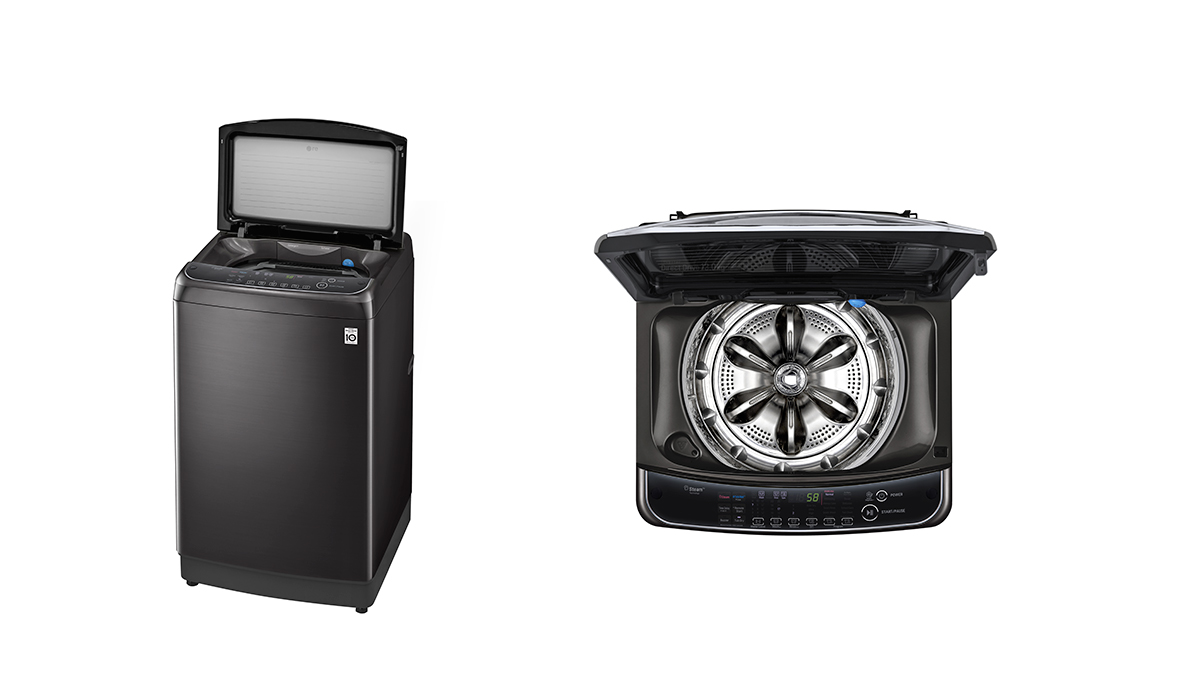
LG Top Load with TurboWash washing machine (TH2113SSAK)
Other than new hardware, the Top Load with TurboWash 3D washing machines are smart-enabled, which allow them to be controlled remotely via an app. What this means to busy homeowners is that you can programme the machine to start while you are work so that you can come home to hang the laundry, shaving off time for you to do other things.
Next-generation home appliances
While still unavailable in Singapore, LG has developed machines that are built with integrated Artificial Intelligence systems. Citing examples that can help users calibrate functions based on data collected, the LG Electronics team says that the next generation of appliances will be able to provide solutions or suggestions on how household chores, like cleaning laundry and dishes, can be done effectively and efficiently.
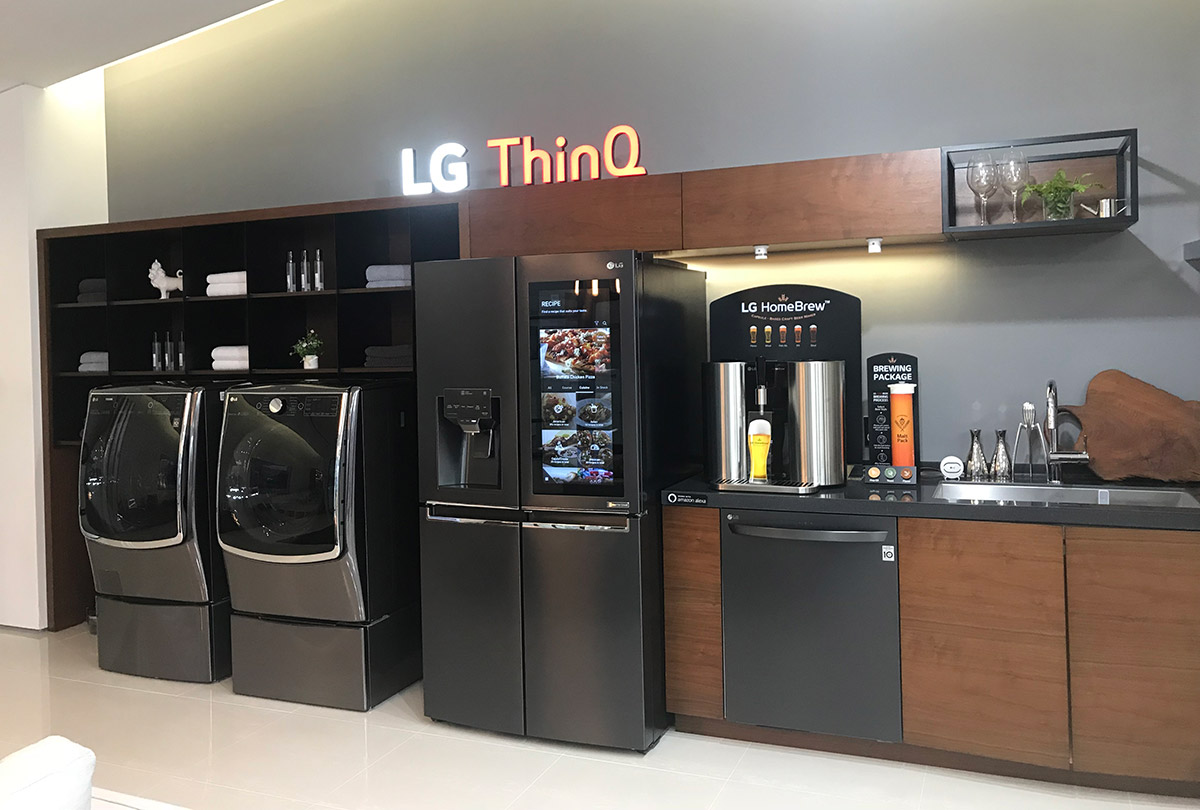
Another area the company is looking into is total integration where home appliances are able to communicate with one another so that all the user needs to do is to open the front door and the machines are already at work – the air-conditioner is switched on, and the refrigerator has brought up your dinner recipe so all you need to do is assemble and ingredients and pop them into the oven, which incidentally has the optimal temperature and time programmed.
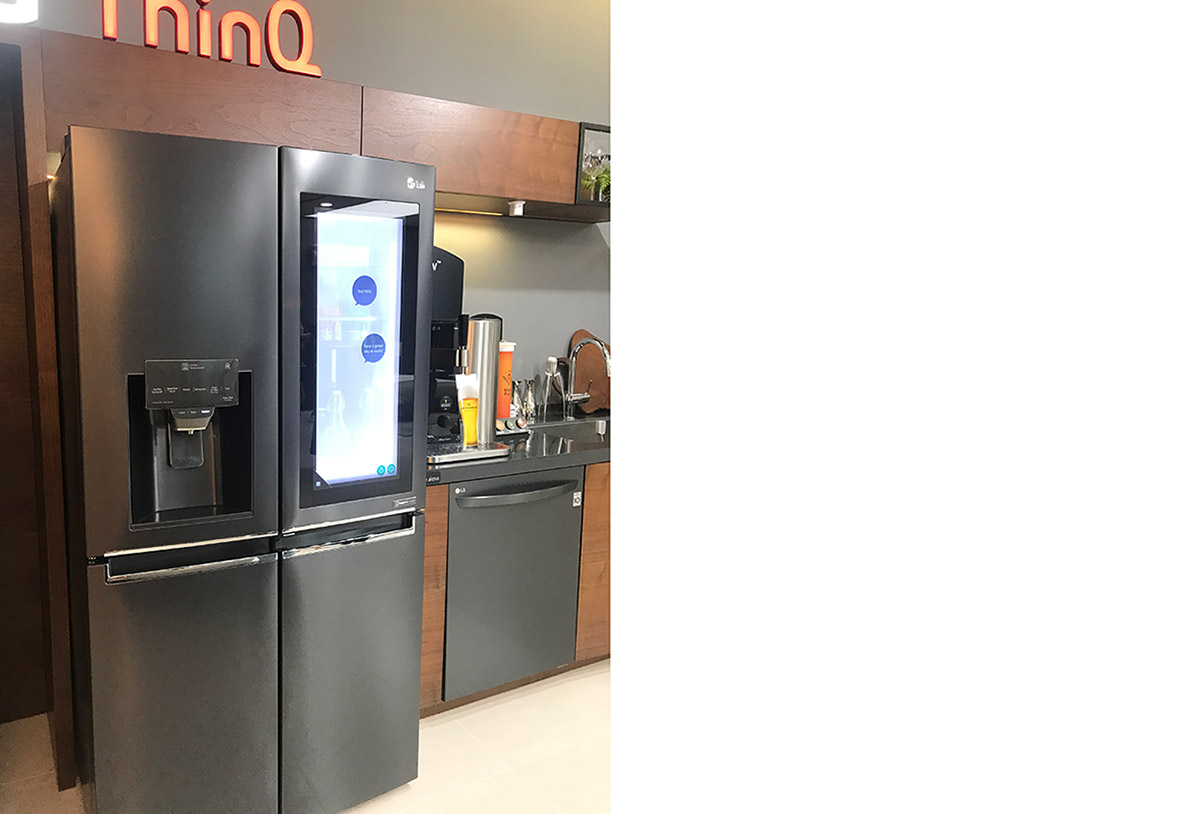
In this brave new world of home appliances, it seems that you can expect to spend less time on chores and more time on leisure.



